Ask and they will agree that fruits and vegetables are some of the healthiest foods on the planet – and for the most part, they would be right.
They are full of vitamins and minerals, contain an abundance of healthy fiber, and as a bonus, they often come with a potent portion of antioxidants.
What’s not to like?
Well, some recent research has indicated that some certain fruits and vegetables are not as healthy as first thought – and it all comes down to antinutrients.
What are antinutrients?
Antinutrients are unique plant compounds that impair the ability to absorb nutrients from the food you eat [1].
A rather simple way of looking at this is that if you consumed a meal that contained an abundance of magnesium, and that meal did not contain any antinutrients, then you would absorb most of that magnesium without any issue.
However, if that meal did contain antinutrients, then you would absorb much less.
This is because the antinutrients essentially “block” your ability to absorb the magnesium in your digestive tract.
How do they occur in foods?
Now, you might be wondering how in the world these nasty compounds actually get in the food you eat – and the thing is, they have probably always been there.
Most of us think of plants as being somewhat helpless – but that is not really the case.
Over the course of thousands of years, they have evolved to create compounds that are harmful to predators (i.e., animals and humans) to deter them from eating too much. We can think of this as a natural defense mechanism.
Now, it is important to note that this defense mechanism is not perfect.
In fact, you would have to eat a lot of antinutrients to elicit a seriously negative effect. But they do appear to stop predators from over-consuming the plant and causing it to die out – which suggest to me that it is still pretty effective.
Related Article: Why people in “Blue Zones” Live longer
What foods are high in antinutrients?
There are several different types of antinutrients found in a variety of different foods. Those which have been most heavily researched are:
- Glucosinolates: found in cruciferous vegetables such as broccoli, sprouts, and cabbage, which can stop the absorption of iodine. This can negatively impact upon thyroid function.
- Lectins: found in legumes, beans, peanuts, soybeans, and whole grains have been shown to affect the absorption of several important minerals, including calcium, iron, phosphorus, and zinc.
- Oxalates: found in green leafy vegetables and tea can also bind to calcium and prevent its absorption in the gut.
- Phytates: are also found in whole grains, seeds, and legumes, and can also blunt the absorption of calcium, iron, magnesium, and zinc
- Saponins: found in legumes and whole grains can impact the absorption of most nutrients throughout the digestive tract.
As you can see, those that are the biggest culprits tend to be heavily consumed in the diets of vegetarians and vegans.
It is for this reason that people following this style of eating should be paying close attention to what they eat, and actively taking steps to limit their daily antinutrient intake – which leads us to the next section quite nicely…
How to reduce antinutrients in foods
Something that is important to note is that just because a food naturally contains antinutrients does not mean that you have to consume them.
In fact, you can take some specific steps to reduce their impact:
- Soaking: beans and legumes for 12-24 hours before cooking has been shown to reduce their antinutrient content by up to 50% [2].
- Sprouting: is the period of a plants life cycle when they start emerging from their seed. This can be forced by soaking the plant in water and placing it in a soaking vessel. After a day or two, they will begin to sprout. You can then consume them while they are sprouting, which has been shown to reduce the antinutrient content of whole grains and legumes by up to 80% [3].
- Fermentation: is a natural process that occurs when microorganisms, such as bacteria or yeasts, start digesting the carbs in food, causing them to ferment. While this was traditionally done to help preserve food, it has been shown to reduce the antinutrient content of beans, cabbage, grains, and legumes by over 80% [4].
- Boiling: and the high heat associated has been shown to help breakdown many of the antinutrients for plant based products. This appears to be especially effective for green leafy vegetables, where it can decrease their antinutrient content by around 70% [5].
While each of these methods can be extremely effective, there is some evidence to suggest that combining methods may come close to eliminating antinutrients entirely [6].
This could mean sprouting then soaking your beans and legumes, sprouting and boiling your grains, or even soaking and fermenting your leafy green vegetables. The trick is to combine them in a way that does not ruin the flavor of the food, while making them as healthy as possible.
Healthiest way to consume plant foods high in antinutrients
Above I have outlined some different ways you can eliminate antinutrients from the food you eat. However, I do want to acknowledge that these methods also have the capacity to eliminate some of the healthy vitamins and minerals found in those foods.
This is particularly true of boiling and soaking, where the vitamins and minerals in the food can seep into the water, which is then discarded.
This means that your best bet is to opt for sprouting and fermenting when appropriate. And if you cannot always do this, there is merit in using the soaking or boiling water in another part of your cooking (i.e., to cook pasta or rice) to ensure that those nutrients are not wasted.
Eating Plants: The Benefits vs The Risks
The biggest takeaway here that plants are not bad. They are still full to the brim of healthy vitamins and minerals, fiber, and antioxidants – and as such, should make up a large part of your diet.
However, you do need to be aware that if you are consuming a lot of the foods mentioned above, you might be missing out on important vitamins and minerals, which could lead to a deficiency and even disease and illness.
All of which means that you should try and treat many of the foods discussed above to limit their antinutrient content. You should also try to avoid consuming them together, as this would make them more harmful.
But again – this does not mean you should avoid plant based foods entirely, because they are still very good for you.
Take Home Message
Antinutrients are unique compounds found in plants that can impair your absorption of vitamins and minerals. This is of particular concern for people who follow a plant based way of eating and rely on plant based foods for all their nutritional intake.
However, they are not a death sentence – by preparing your foods properly you can eliminate antinutrients and boost your health in the process.
References
- Akande, K. E., et al. “Major antinutrients found in plant protein sources: their effect on nutrition.” Pakistan Journal of Nutrition 9.8 (2010): 827-832.
- Onwuka, G. I. “Soaking, boiling and antinutritional factors in pigeon peas (Cajanus cajan) and cowpeas (Vigna unguiculata).” Journal of food processing and preservation 30.5 (2006): 616-630.
- Chai, Weiwen, and Michael Liebman. “Effect of different cooking methods on vegetable oxalate content.” Journal of agricultural and food chemistry 53.8 (2005): 3027-3030.
- Gustafsson, E‐L., and A‐S. Sandberg. “Phytate reduction in brown beans (Phaseolus vulgaris L.).” Journal of Food Science 60.1 (1995): 149-152.
- Luo, Yuwei, Weihua Xie, and Fengxia Luo. “Effect of several germination treatments on phosphatases activities and degradation of phytate in faba bean (Vicia faba L.) and azuki bean (Vigna angularis L.).” Journal of food science 77.10 (2012): C1023-C1029.
- Valencia, Ulf Svanberg, Ann-Sofie Sandberg, Jenny Ruales, Silvia. “Processing of quinoa (Chenopodium quinoa, Willd): effects on in vitro iron availability and phytate hydrolysis.” International journal of food sciences and nutrition 50.3 (1999): 203-211.
You Might Like:
What Is the Hype About Antinutrients and Are They Harmful?
Ask and they will agree that fruits and vegetables are some of the healthiest foods...The World’s Most Powerful Antioxidant: Glutathione
Over the last couple of years Glutathione has made a bit of splash in the...BCAAs (branched-chain amino acids): What You Need to Know
There are thousands of different supplements available for your consumption – all of which promise...Intermittent Fasting and Running
Intermittent fasting has quickly become one of the most popular dietary strategies of the decade....3 Vitamins to Boost Your Immune System Now
Given the impact that coronavirus is having on our society, I thought it would be...Can Any Amount of Alcohol Be Part of a Clean Lifestyle?
Alcohol has become an integral part of our social structure. It is consumed in celebration,...Matcha Tea and Exercise Benefits
There are literally thousands of supplements said to improve health and athletic performance – but,...Intermittent Energy Restriction: The Key to Sustainable Weight Loss
As someone who has worked in the health and fitness industry for a long time,...Can you Afford Cheat Meals?
John Barry Have you ever seen the Instagram feed of The Rock, Dwayne Johnson? I...Everything You Need to Know About Creatine
If someone came up and told you about an ‘amazing’ new supplement that can do...How Much Protein Should You Eat?
John Barry How much protein should a person eat? What foods are high in protein?...Does a high salt diet cause cognitive impairment?
Ever since the early seventies, salt has been demonized by the health community. And with...Metabolic Flexibility: The Key to Unlocking your Health
Over the last few decades, our health has declined at a rapid rate. Despite living...The Truth About Red Meat Consumption
Over the last few decades, we have seen dietary guidelines change drastically in an attempt...The Importance of Nutrition on Brain Health
What you put into your body is damn important. I mean, without providing your body...The Ingredient in Kale That May Promote Longevity
Kale has fast become one of the most talked-about foods in the health industry, with...Caffeine May Help or Hinder Athletic Performance
Most people have heard that caffeine enhances athletic performance, in fact, current guidelines recommend ingesting...Can Intermittent Fasting and Exercise Prevent Cancer?
It could easily be argued that we are living in the best time in human...How Long Does It Take To Reverse The Effects Of A Bad Diet?
Hunter Bennett You know that eating a good diet is important. But did you know...Does Dark Chocolate Aid In Muscle Recovery?
Hunter Bennett What do exercise enthusiasts, elite athletes, and weekend warriors all have in common?...Processed vs. Unprocessed Foods
Hunter Bennett Over the last few years, we have seen a bit of a change...Regaining Homeostasis With Diet & Exercise
Hunter Bennett In scientific literature, health is often defined as a state of complete physical,...Fasted Weight Training: Does It Help With Fat Loss?
Hunter Bennett The last few years have seen the health and fitness landscape evolve in...How Intermittent Fasting Affects Sleep
Hunter Bennett Intermittent fasting has fast become one of the most popular dietary trends of...Prolonged Fasting for Health & Longevity
Hunter Bennett Throughout history, there has been one thing sought above all others. Something that...Intermittent Fasting For Weight Management & Health
Hunter Bennett Every single week there seems to be some brand new diet on the...The Ketogenic Diet: How It Affects Athletic Performance
Hunter Bennett Every week a new way of eating hits the mainstream media. They are...Canadian Food Guide- A Dietary Guideline
Hunter Bennett The Canadian government made some rather large changes to their dietary guidelines. Like,...The Effects of Exercising On a High Fat Diet
Hunter Bennett When it comes to diet, there is an incredible amount of information out...Resistance Training & Protein Supplements: What You Need to Know
Dayton Kelly This article was adapted from a combination of speeches given at the European...FODMAPS and Exercise
Dayton Kelly FODMAPs: A culprit in exercise-induced gastrointestinal distress and an explanation for athlete adoption...Can Nitrate Rich Vegetables Boost Your Endurance?
Dayton Kelly This article was adapted from a combination of speeches given at the...Gluten-Free Diet and Exercise
Dayton Kelly This article was adapted from a combination of speeches given at the European...6 Vegan Athlete Meal Plan Ideas to Boost Performance
Jessica Gillespie-Friesen Animal products contain essential nutrients that contribute to proper body functioning but also...Relative Energy Deficiency: Nutrition For Endurance Athletes
Evan Stevens Speak with any endurance athlete and the topic of conversation almost always steers...What Are Probiotics and Prebiotics?
Alyssa Bialowas In response to the current cultural nutrition trend surrounding probiotics and supplements, pharmacies...3 Important Things Athletes Should Consider Before Going Vegan
Alyssa Bialowas The vegan diet is becoming increasingly popular among the general population and is...Do Ketogenic Diets Reduce Anaerobic Performance?
Evan Stevens Ketogenic diets have come to the forefront of popular health fads in the...Does the Keto Diet Affect High-Intensity Exercise Performance?
A Review by Alyssa Bialowas The ketogenic diet has been making waves due to its...The Best Way to Prevent Gut Rot During Your Workout
Alyssa Bialowas One of the worst things that can happen to you before you start...Everything You Need To Know About Protein Supplements
Evan Stevens The study of protein is a huge undertaking. It is one of the...Is There a Magic Bullet to Protein Consumption?
Evan Stevens In the last three parts we discovered that a lot of what we...Does Protein Impact Trained Athletes Differently?
Evan Stevens Previously at Forever Fit Science we looked at how science changes and why...Which type of Protein Provides the Best Workout Recovery?
Evan Stevens In our previous article, The Ever Changing Science of Protein, discussed how science...The Ever Changing Science of Protein
Evan Stevens You would think that by now we would have a pretty firm grasp...Why Milk is an Effective Recovery Drink for Female Athletes
Mojtaba Kaviani, Ph.D., CEP Cow milk contains protein, casein, carbohydrates, fat, vitamins and minerals, which...Anti-Inflammatory Foods in Your Diet (and What to Avoid)
Moji Kaviani, Ph.D., CEP Inflammation is part of the body’s natural defense system. Western medicine...Can Caffeine Improve Sprint Time In Elite Swimmers?
A Review by Alyssa Bialowas Caffeine is an ergogenic aid, meaning it’s a substance that...The Next Best Supplement For Exercise Performance
A Review by Alyssa Bialowas Korean Ginseng is a nutraceutical herbal supplement, that when ingested...DHA Supplementation Reduces Inflammation After Exercise
Alyssa Bialowas Introduction to DHA Supplementation Docosahexaenoic acid (DHA) is an omega-3 fatty acid. It...Citrus Flavonoid Supplementation May Improve Exercise Performance
Alyssa Bialowas The proper diet and supplementation regimen can improve exercise performance in athletes. Research...Impact Of Omega-3s Paired With Eccentric Exercise
Alyssa Bialowas Enhanced health immunity during the holiday season is crucial to preserve the capacity...Main Food Groups: Candy Canes, Cookies, Chocolate and Eggnog
Moji Kaviani, Ph.D., CEP If your main food groups are Candy Canes, Cookies, Chocolate and...Hydration and Performance, Part 3: MANAGING HYDRATION
Evan Stevens When we sweat we lose more than just water. That fine, salty coating...Hydration and Performance, Part 2: ELECTROLYTES
Evan Stevens Electrolytes and the Right Drink For You Welcome back to our continuing discussion...Hydration and Performance, Part 1: FLUIDS
Evan Stevens We previously discussed how masters level athletes’ nutritional needs are almost no different...Athletes May Be Suffering From Vitamin D Deficiency
Moji Kaviani, Ph.D., CEP If you are not getting out a few times per week...Dietary Strategies For Managing Rheumatoid Arthritis
Mojtaba Kaviani, Ph.D., CEP Rheumatoid arthritis (RA) is a chronic condition in which the body’s...Do Masters Athletes Need Specific Nutrition?
Evan Stevens Nutrition. It’s a topic that stirs debate at every mention. One day you...Hydration For Hockey Performance
Moji Kaviani, Ph.D., CEP Ice hockey is a team sport that requires players to have...Flaxseed Supplementation, Walking, and Hypertension
Hypertension is a chronic condition that can lead to cardiovascular disease or stroke, if not treated...How Will Turkey Dinner Impact Your HIIT Workout?
Moji Kaviani, Ph.D., CEP Who doesn’t like to get more health benefits while they are...How Fruits & Veggies Counteract Chronic Disease
Evan Stevens The CDC recently released an article detailing how we should start emphasizing the consumption...Protein Intake For Masters Athletes
Moji Kaviani, Ph.D., CEP There is robust evidence supporting that master athletes (40 years and over)...8 Ways to Augment The Oatmeal Breakfast
Amanda Carney Breakfast is considered the most important meal of the day, as it should...Is Milk Beneficial for Exercise Recovery?
Moji Kaviani, Ph.D., CEP The animal source proteins such as milk, containing 80% casein and 20%...6 Ways To Avoid Hunger That Leads To Overeating
Alyssa Bialowas Dieting and body image in sport can lead to the development of either...Effect Of Gluten-Free Diet On Endurance Performance
Moji Kaviani, Ph.D., CEP Non-celiac Athletes Approximately 70% of endurance athletes experience gastrointestinal distress during their...Exercise Your Gut (Microbiome)
Julia Basso Affiliation: New York University, Center for Neural Science As a neuroscientist who studies...Pump Up Your Performance With Beet Root Juice!
Dayton Kelly This article was adapted from a combination of speeches given at the European...Health Challenges and Cleanses – A Help or Hinder?
Gillian White – MSc, PhD (Candidate), University of Toronto Health Challenges and Cleanses – Helping...Post Exercise Meal Impact On Triglyceride & Cholesterol Levels
M. Kaviani Obesity is a leading global health problem and is associated with multiple chronic...Food vs Protein Supplements
Evan Stevens The final talk in this session was a breath of fresh air for...Precision Nutrition and You: Nutrigenomic Approaches To Disease And Health
Evan Stevens We have previously discussed the growing field of nutrigenomics here at Forever Fit...Fill Up On Omega-3s
Dayton Kelly This article was adapted from a combination of speeches given at the European...Stopping To Drink: Is It Worth The Time?
Dayton Kelly This article was adapted from a combination of speeches given at the European...Re-Thinking Gender Based Nutrition
Dayton Kelley Gender Based Nutrition This article was adapted from a combination of speeches given...The Truth About Carbo Loading
Evan Stevens Carbo Loading Carb loading, for those who haven’t been around sport for the...Protein Quality Dictates Recovery, Not Timing
Evan Stevens “Oh, I’m sore today.” “I feel like it’s getting harder to work out...Exercise Enjoyment May Affect Post-Workout Eating Habits
Catherine O’Brien While a healthy lifestyle is dependent upon various factors, it is widely accepted...Effects of Alcohol On Your Workout
Gillian White – MSc, PhD (C), University of Toronto, Department of Exercise Sciences Is a...Counting Calories May Prevent Overeating
Dayton Kelly As we all know, the food we eat has an enormous impact on...3 Tips To Minimize Everyday Chemicals
Adriane Cook B.S. Kinesiology, Michigan State University www.balancewithme.com Chemicals, toxins, and pollution, oh my! Do...Coffee: Fitness Friend or Foe?
Adriane Cook B.S. Kinesiology, Michigan State University www.balancewithme.com Nothing quite unites a country like its...Sugar – Is It Hurting Your Healthy Lifestyle?
Matt Kiszka Sometimes it seems like sugar is in everything we eat. The obvious culprits...How Much Protein Do Women Really Need?
Lauren Rubadeau How Much Protein Do Women Need Based on their Activity Level? With New...Drink, Be Merry…and Exercise!
Julia Basso – PhD Most of us engage in a drink or two (or three…)...8 Ways to Prevent Weight Gain During the Holidays
Alley Rubadeau 8 Ways to Prevent Weight Gain During the Holidays You made it through...Food for Fuel: Healthy Granola Bar Recipe
Forever Fit Science Master Swim Athletes and U.S. Air Force Lieutenants, The Holman Sisters, share...BHB Supplements and Energy
Evan Stevens BHB Supplements and Energy We’ve already heard about low CHO (low carbohydrate) diets...Fat, Carbs, Protein and Recovery. Is There A Silver Bullet?
Evan Stevens The first talk in this session was very similar to the talks that...Nutrition Takeaways: Gatorade Sport Science Institute
Evan Stevens The main theme of this session was protein supplementation before bed to improve...Gene-Based Nutrition: Can It Benefit You?
Evan Stevens Based on a talk by Lisa Cianfrini at Take Control of Your Health/Wellness...Exercise Nutrition Symposium
Evan Stevens This past Saturday, April 2nd, I had the wonderful opportunity to attend the...7 Delicious Options to Increase Your Omega-3s
Amanda Carney Whether you are an athlete, partake in regular exercise or just want to...5 Easy, Heart-Healthy Breakfast Ideas
Amanda Carney – Holistic Nutrition Coach A healthy heart equals a healthy body, and we want...Reward Yourself: Post-Workout Vanilla Blueberry Smoothie
Author: Amanda Carney As a health coach, I am constantly receiving questions about what to...Three Health Chia Seed Pudding Recipes For You and Your Family
By: Amanda Carney When you think of pudding, chances are you imagine a decadent sugar-laden...The Importance of Food: How Should I Eat?
Author: Evan Stevens, MSc in Nutritional Science In my previous article, titled “What Should I Eat...The post What Is the Hype About Antinutrients and Are They Harmful? appeared first on ForeverFitScience.
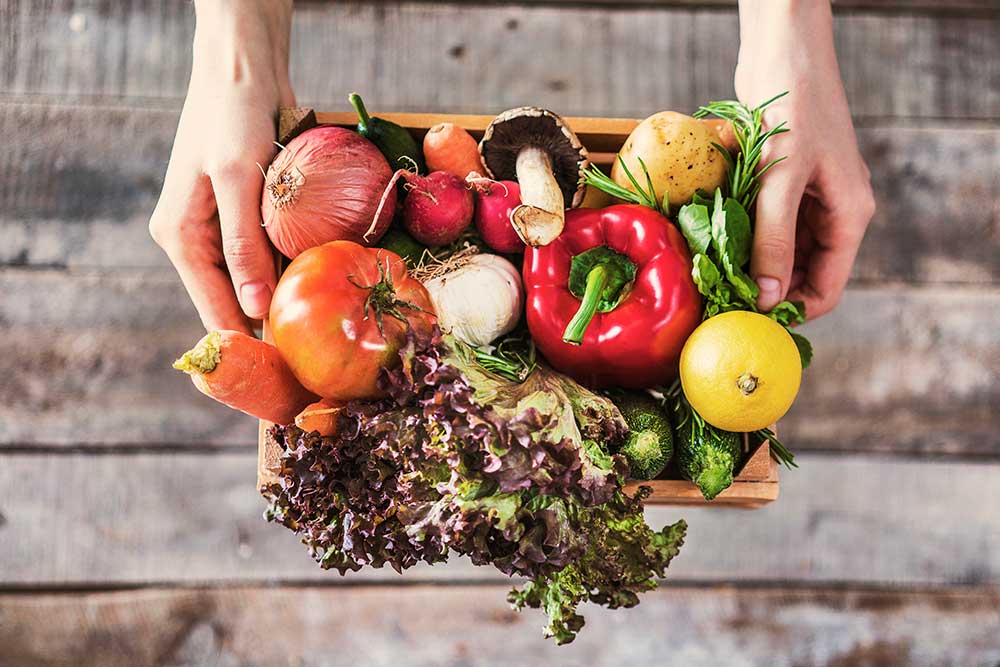
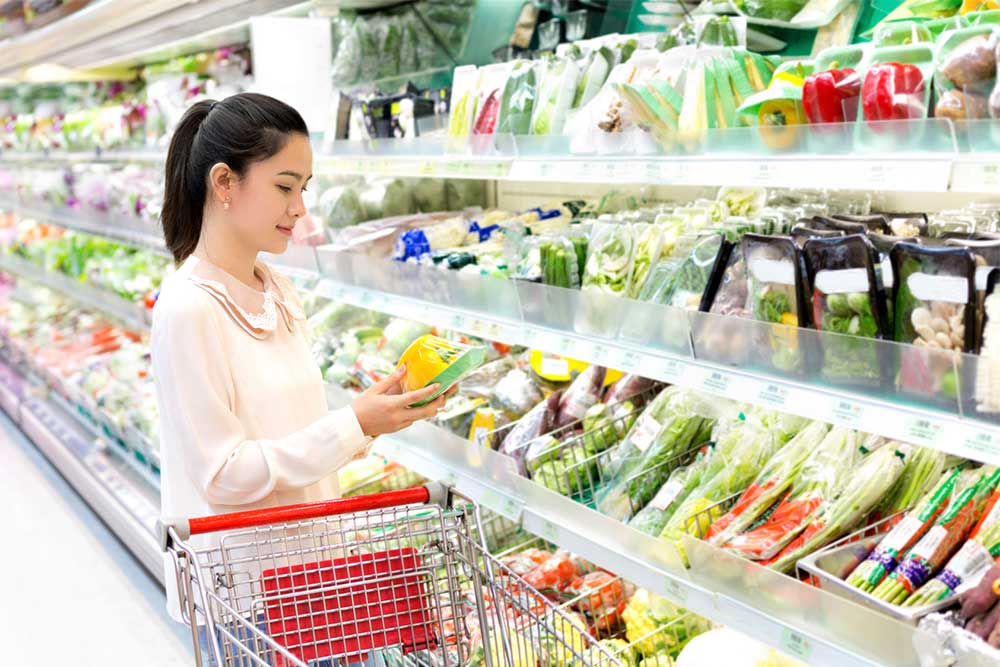

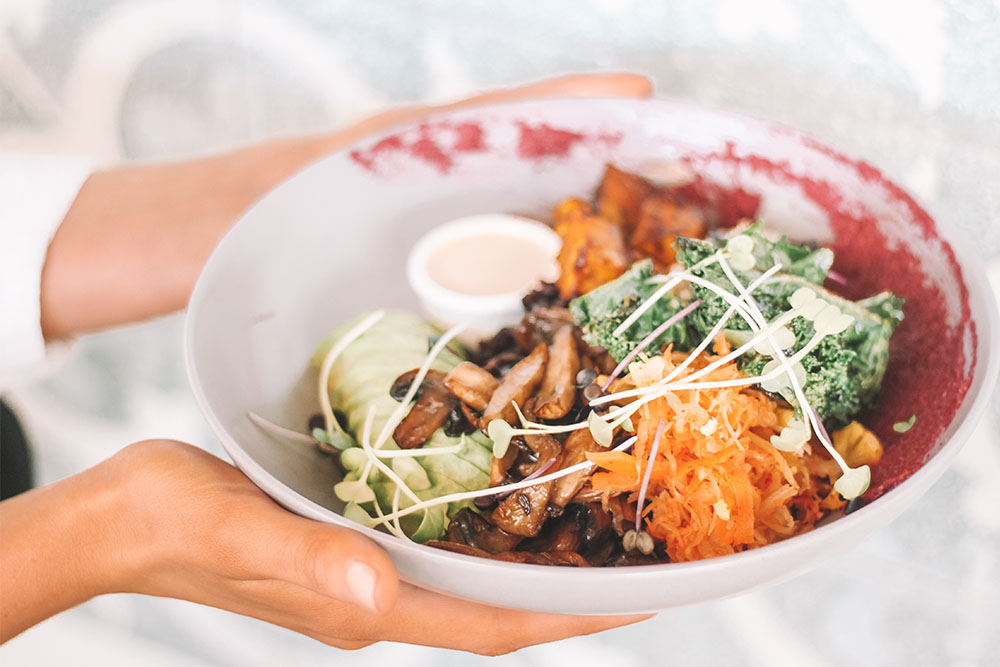





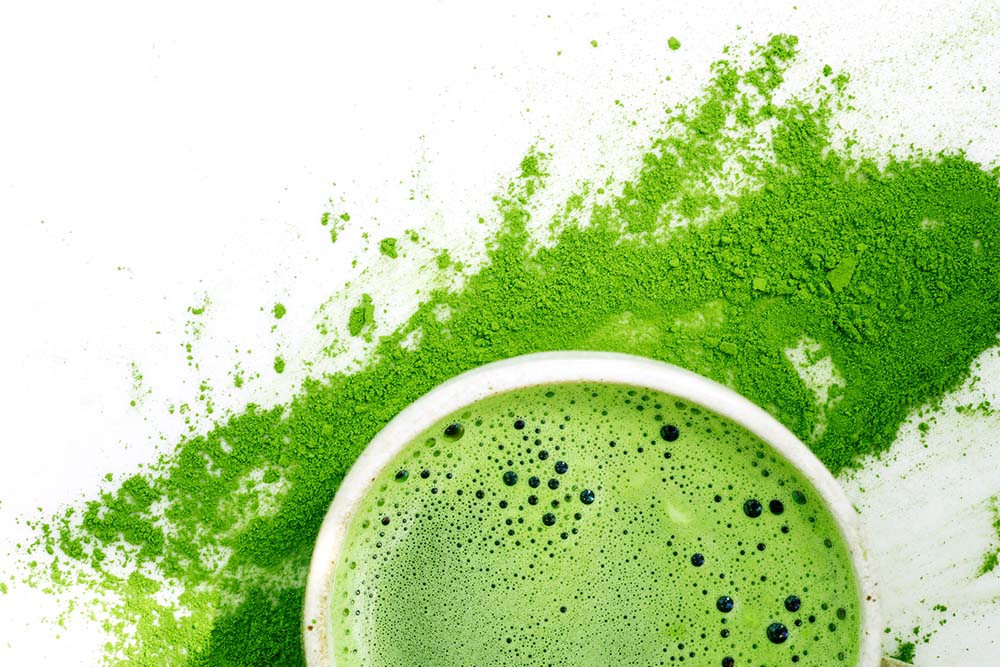







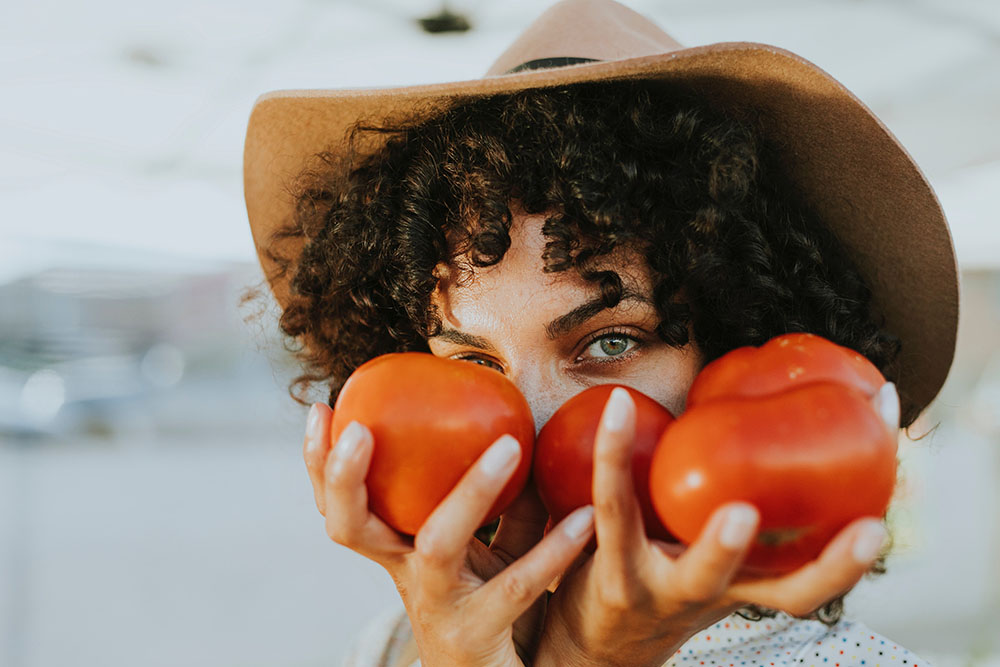




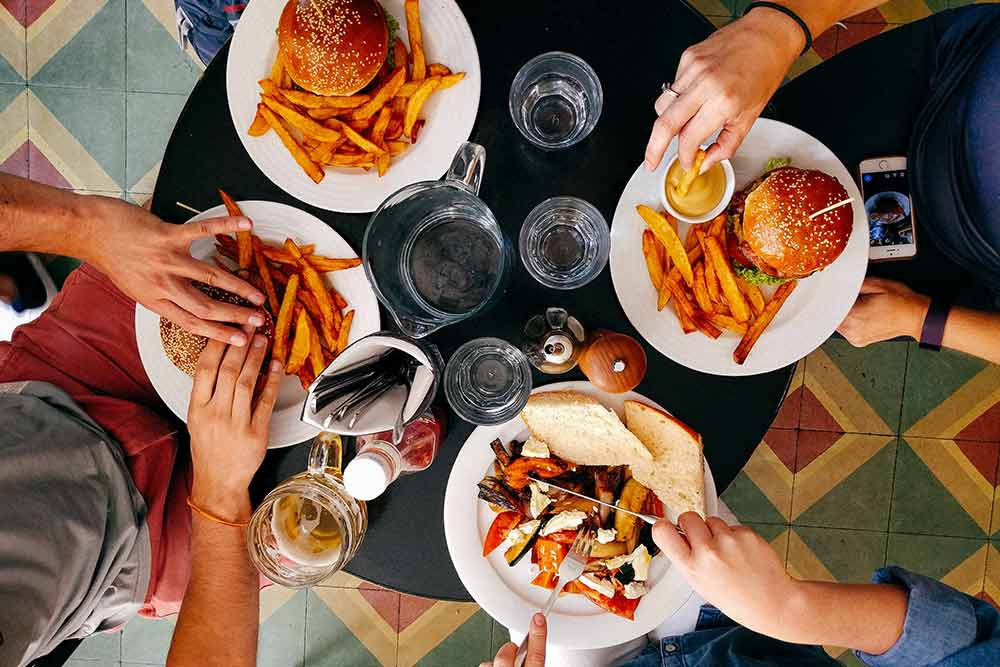







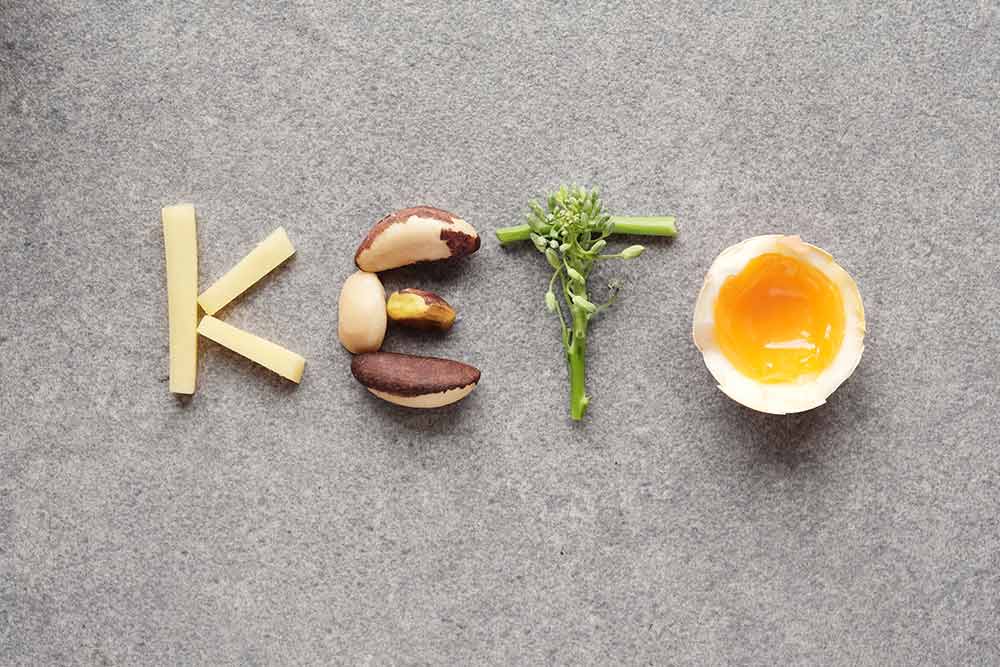


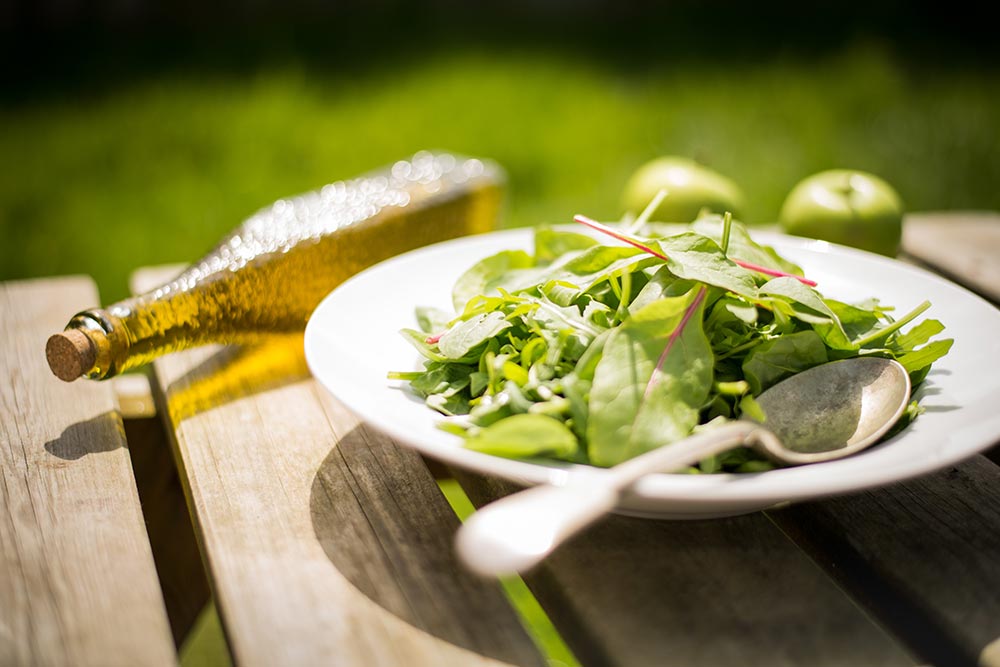


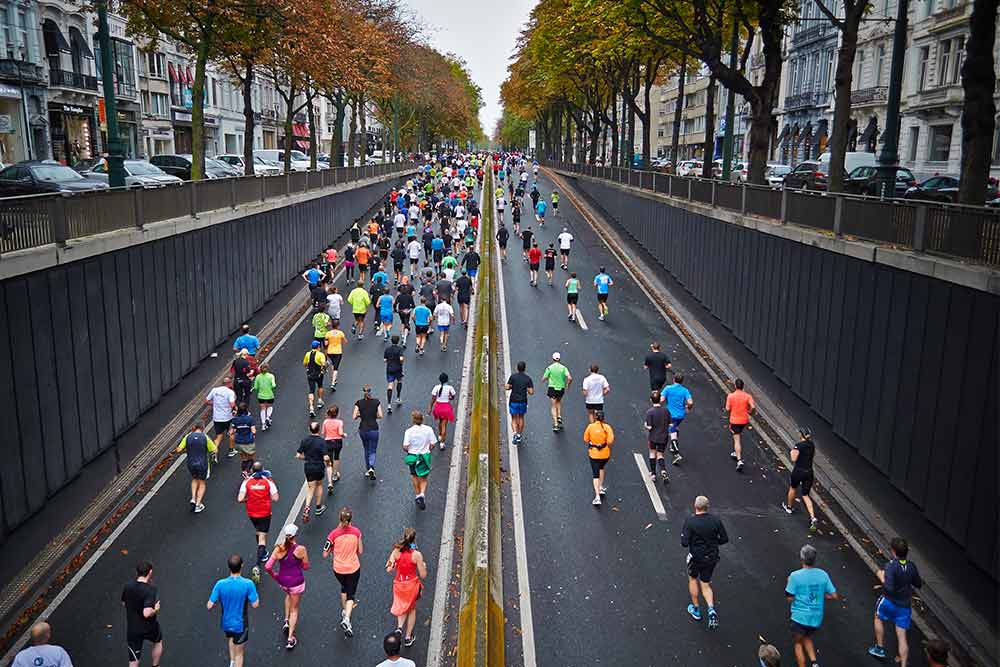
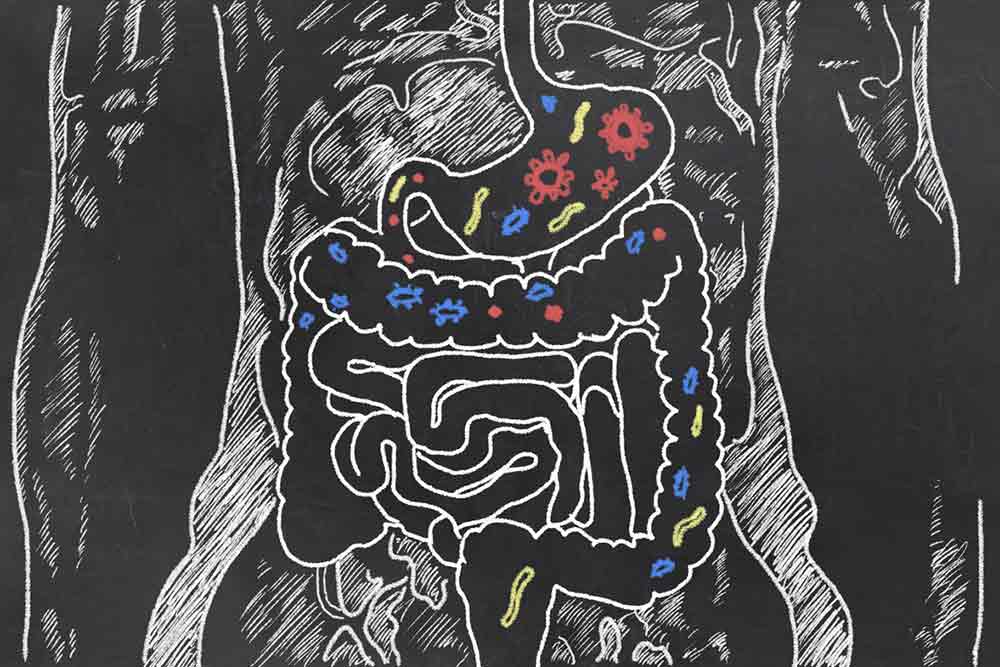









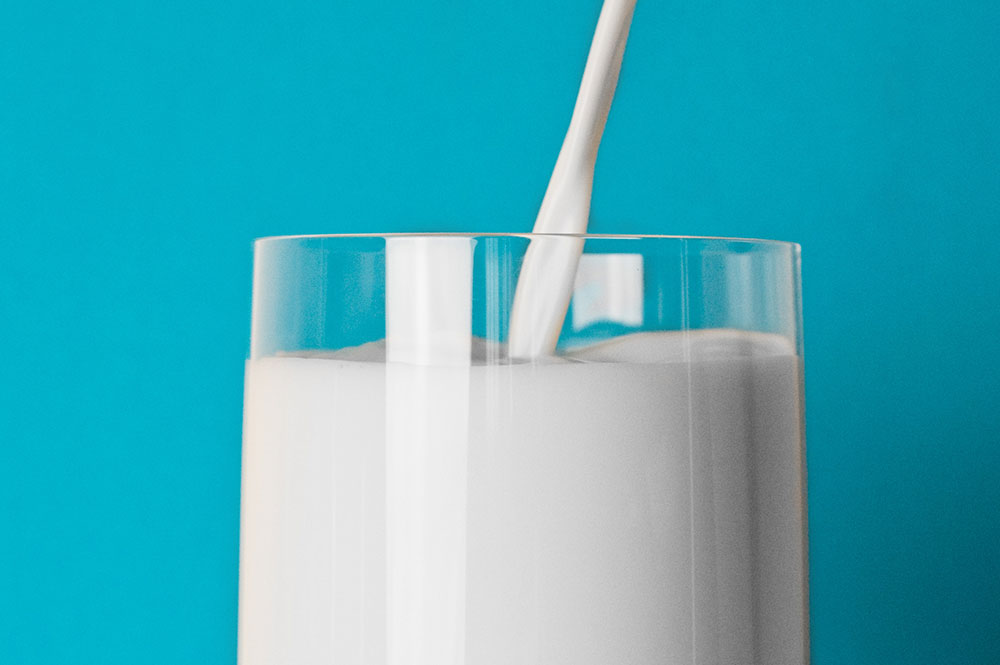











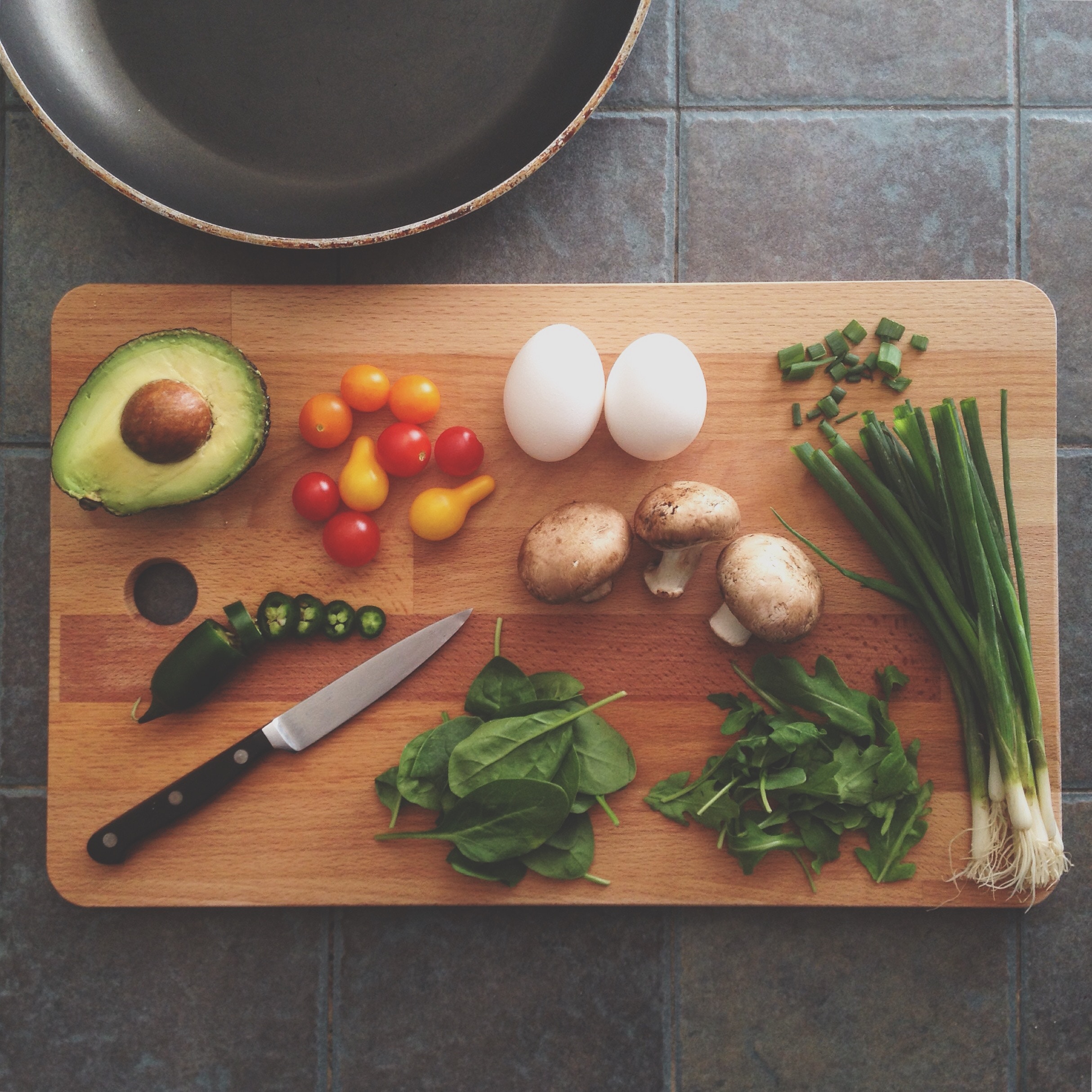


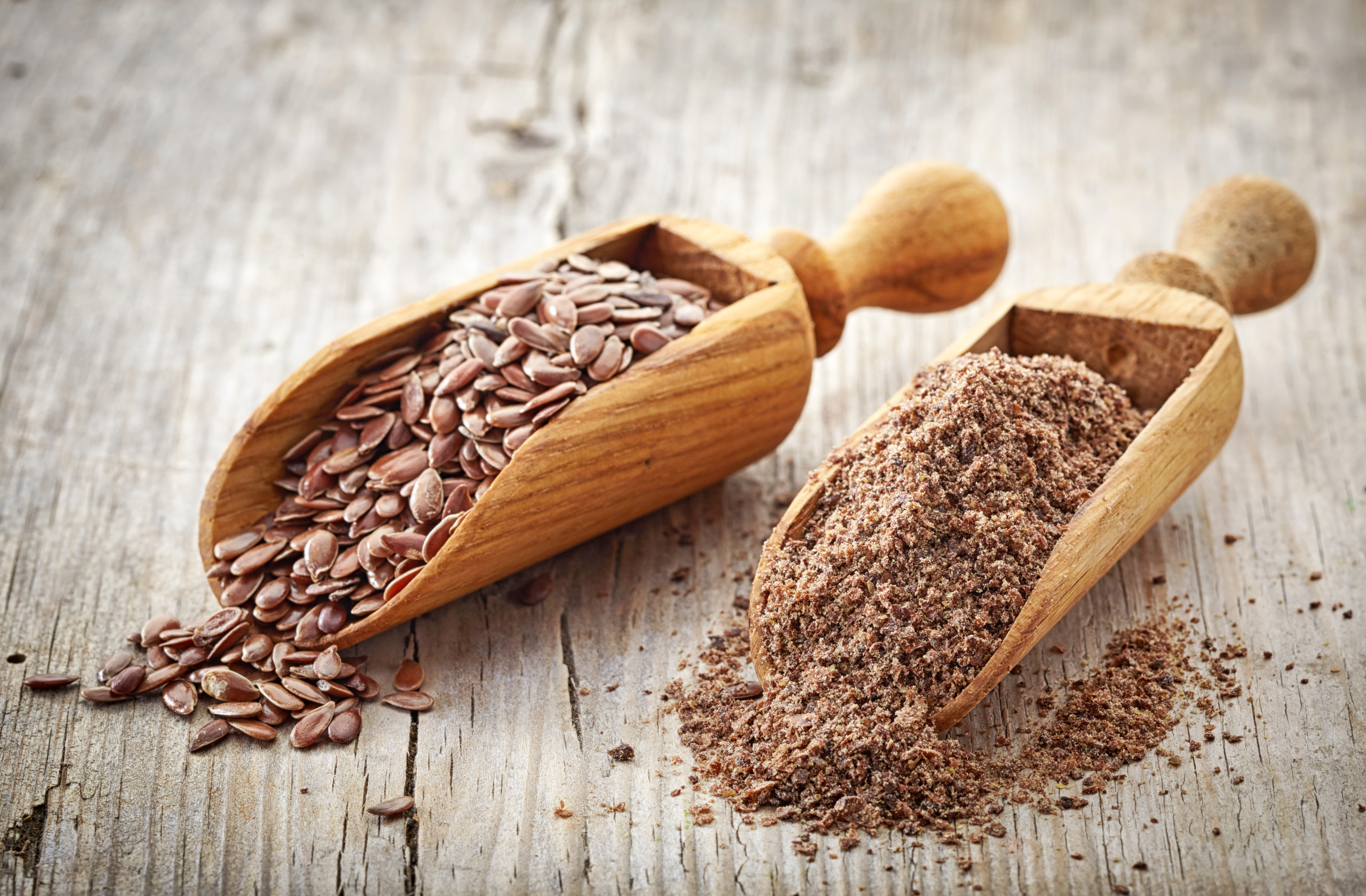







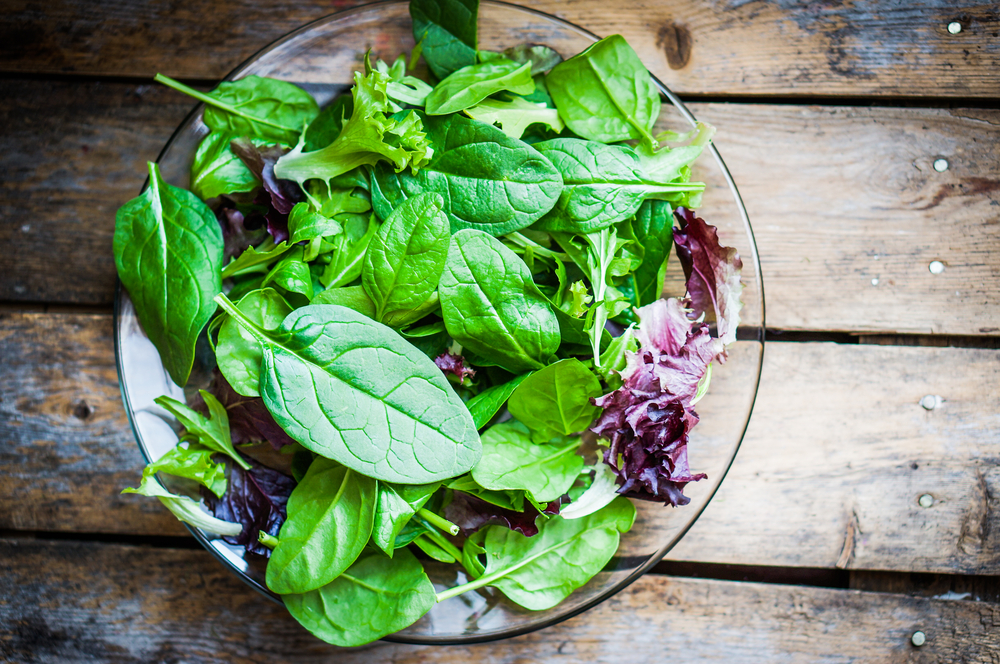





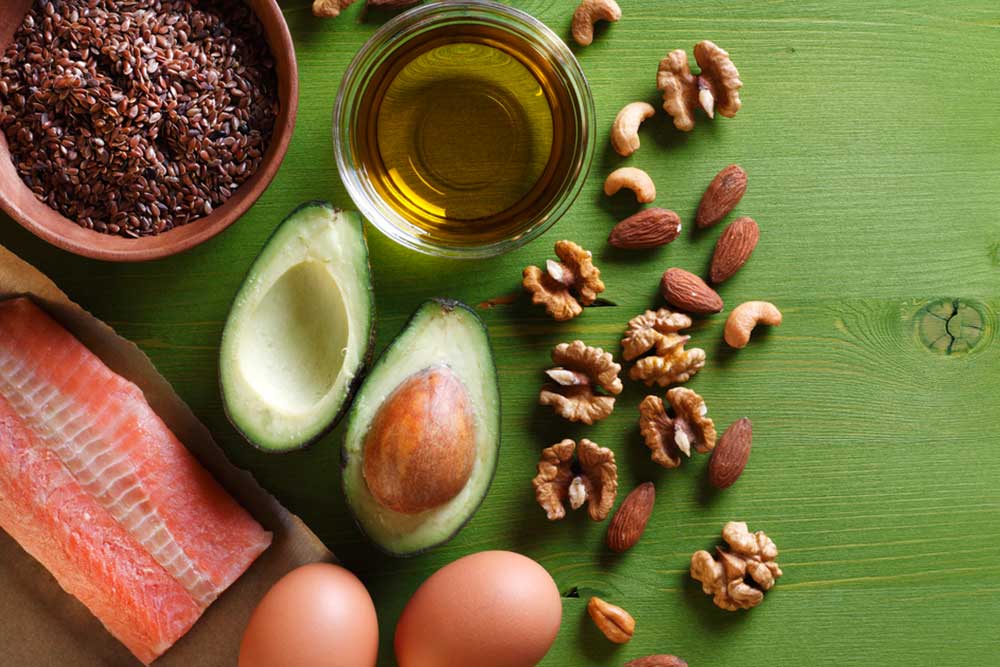














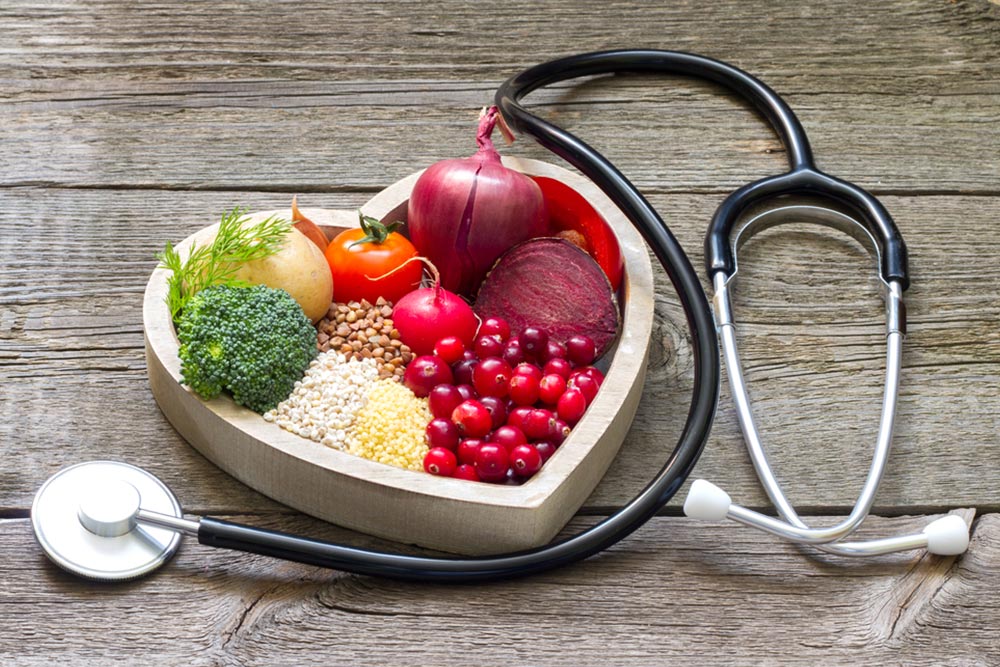

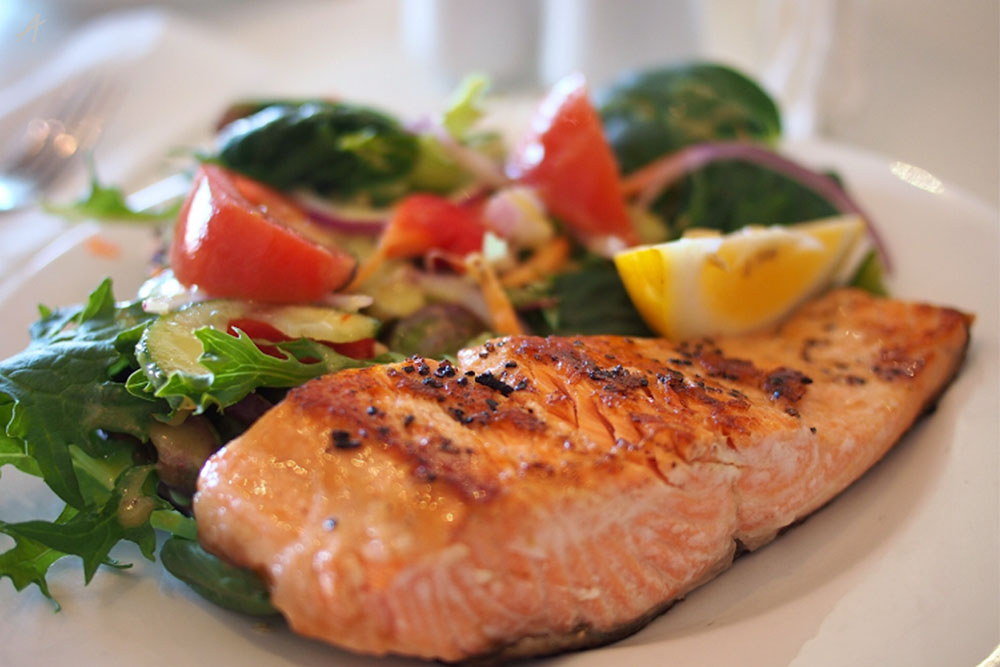




No comments:
Post a Comment